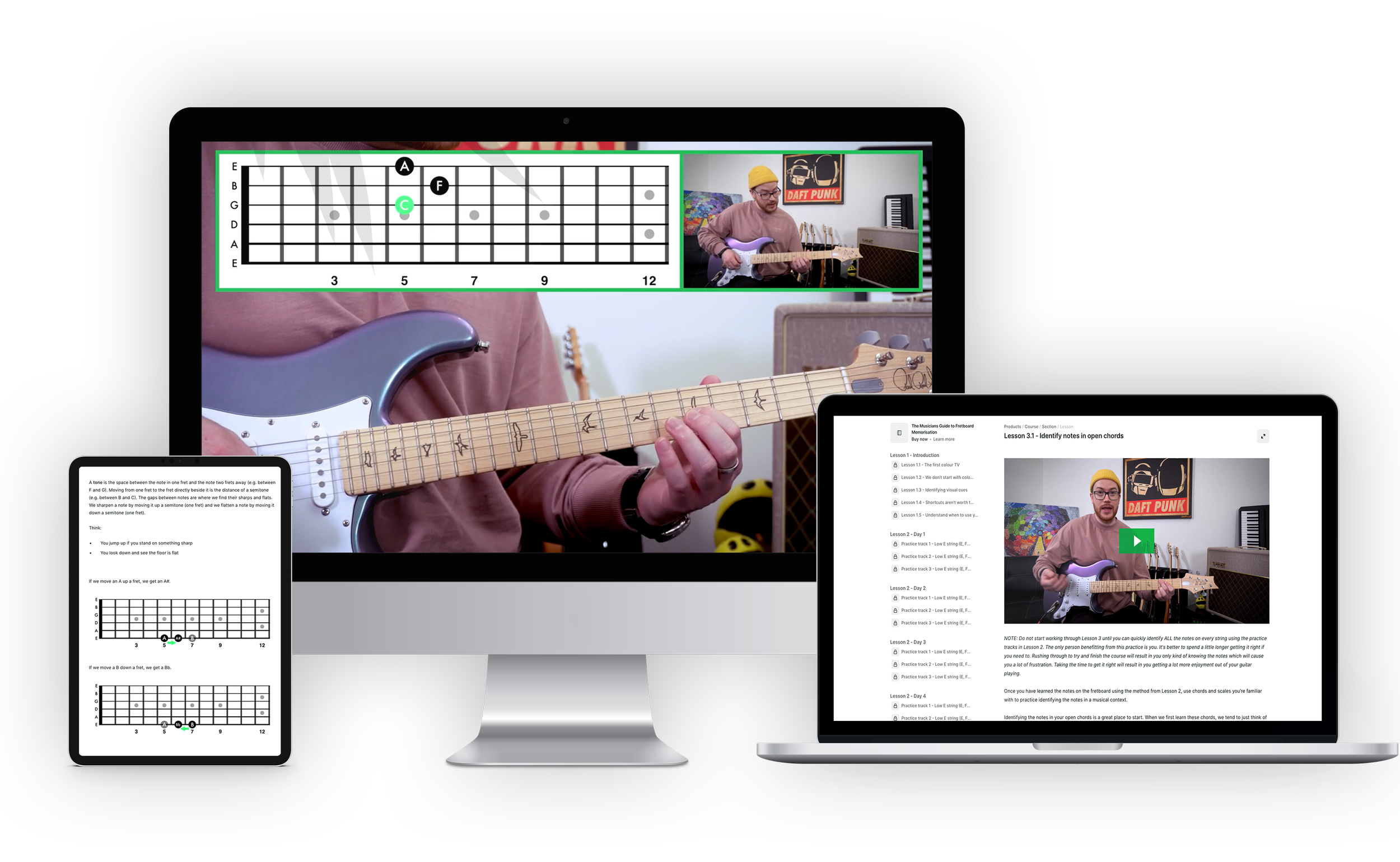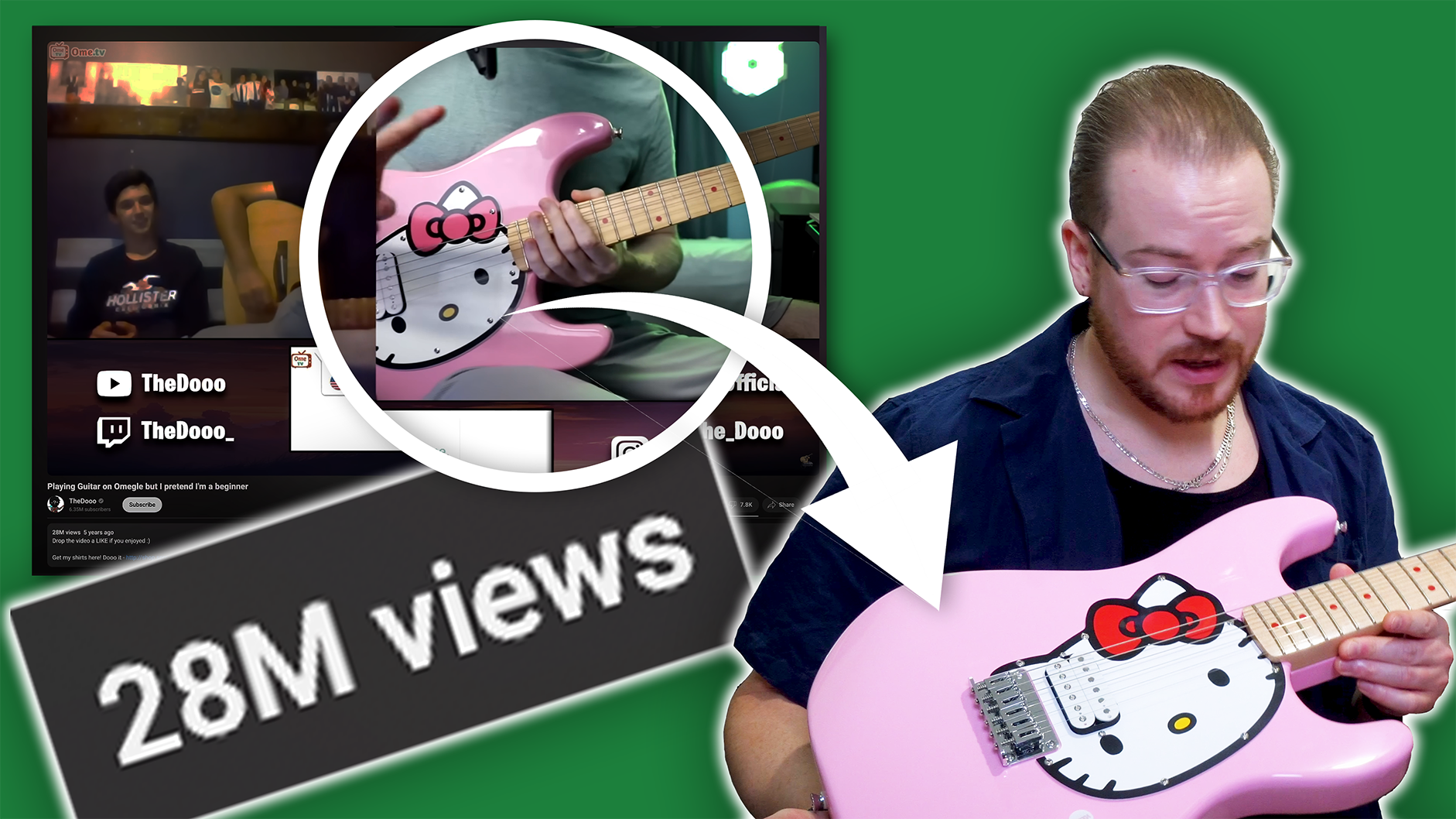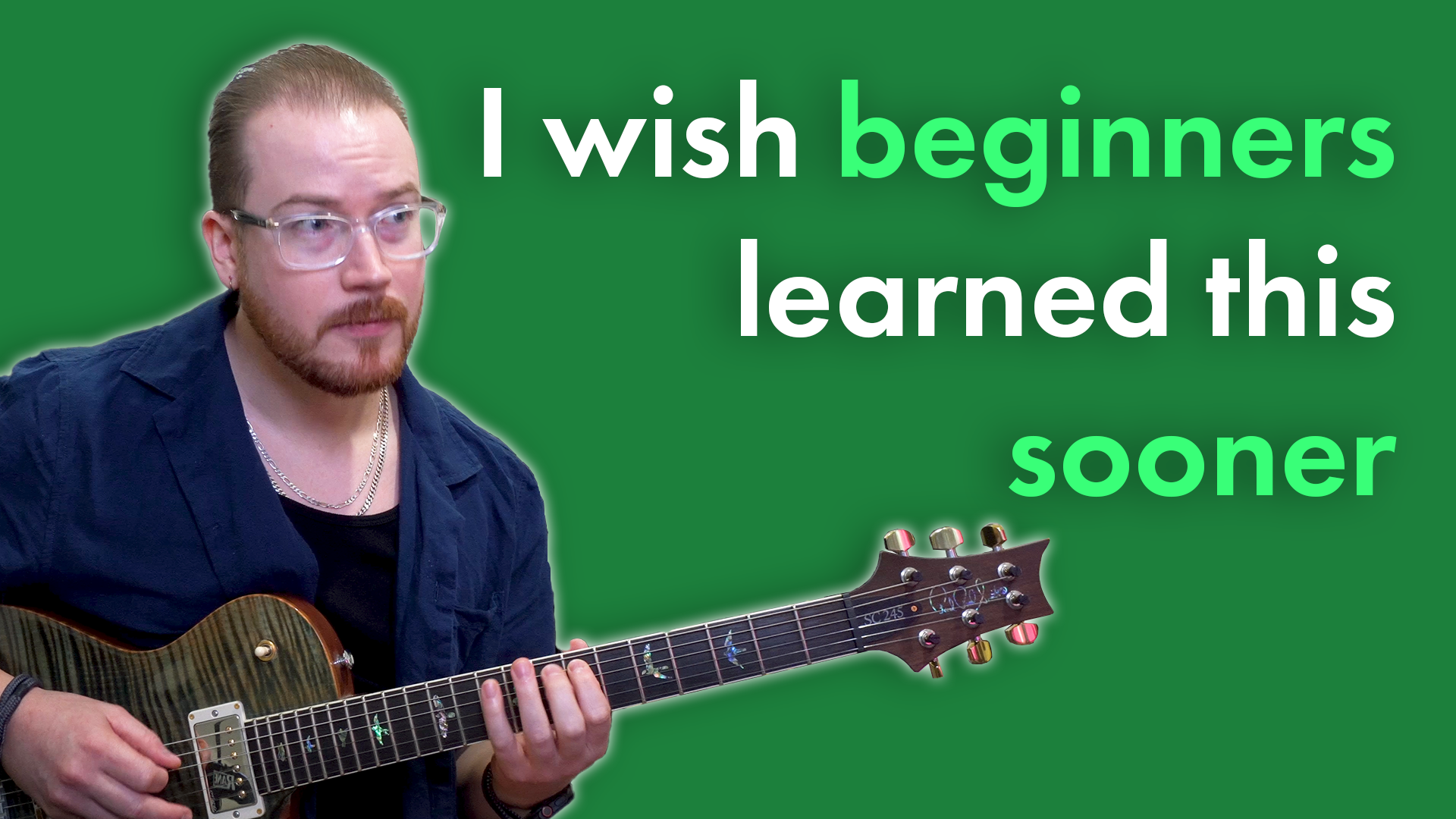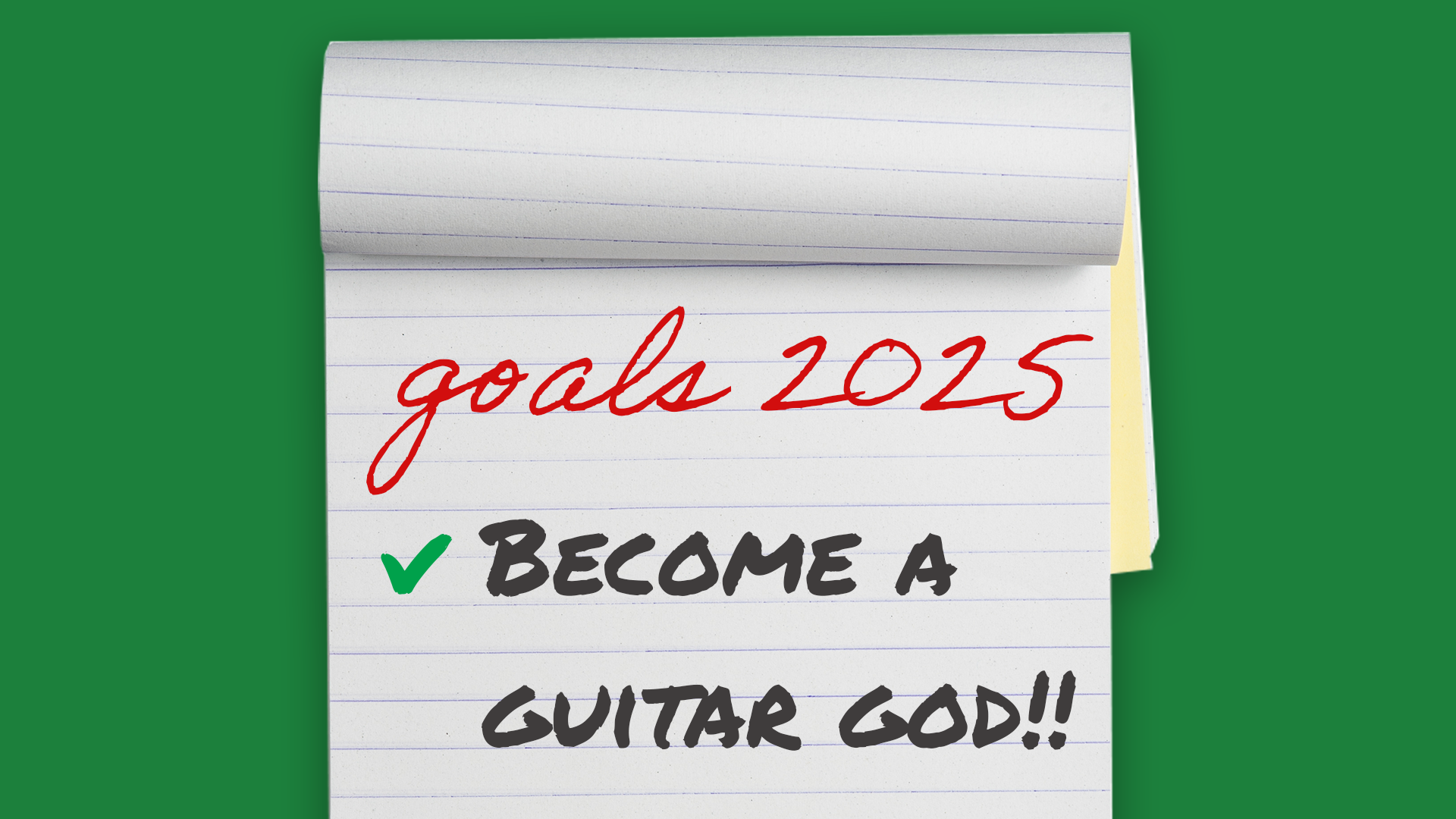How to read chord progressions like a pro
Have you ever tried to learn a song and felt overwhelmed by the number of chords you had to remember?
Have you ever wondered how your idols are able to play a whole show with no music and remember where every chord goes?
Guess what, it’s easier than you think!
How We Read Words
“The phaonmneal pweor of the hmuan mnid, aoccdrnig to a rscheearch at Cmabrigde Uinervtisy, it dseno’t mtaetr in waht oerdr the ltteres in a wrod are, the olny iproamtnt tihng is taht the frsit and lsat ltteer be in the rghi t pclae. The rset can be a taotl mses and you can sitll raed it whotuit a pboerlm. Tihs is bcuseae the huamn mnid deos not raed ervey lteter by istlef, but the wrod as a wlohe.”
Can you read this paragraph? Even though the letters of the words are mixed up, we understand it because our brain recognises the shape of the words, not the individual letters. When we pick up a book, we don’t get all flustered trying to read each letter of every word. Rather, we read each group of letters as one word.
This is exactly how we want to approach reading music. Instead of looking at each individual note, or each individual chord, we read the group of notes as one chord, or the group of chords as one chord progression.
Read Chord Progressions like a Pro
Let’s take a look at the chords in the verse of this version of ‘I See Fire’ by Ed Sheeran (played on the guitar with a capo on the 6th fret):
We could view this as 15 different chords and try to memorise the order that they go in, or we could read it as four different chord progressions, which is easier to remember:
When we break it down like this we can see that three of the chord progressions are very similar, and two of them are the same! That means there are only three unique chord progressions we need to memorize. All of a sudden this is much easier than trying to get our head around the 15 chords we originally had.
Discover how to learn the notes in a way that not only develops your fretboard fluency but reinforces your overall musicianship.
The Nashville Number System
All of these chords are from the key of G major, and we can see that they each correspond with a number in the scale:
We can take these numbers and rewrite the chord progressions we have above using numbers:
This system of using numbers to represent chords is known as the Nashville Number System. Roman numerals are often a better indication of the chord we are playing, so they are often used instead of numbers. The uppercase roman numerals are used to indicate a major chord and the lowercase roman numerals are used to indicate a minor chord.
Now that we are using numbers to play the chord progression, we could play the song in any key. We just need to know which chords are in the key, and which chord corresponds with each scale degree. Let’s write the chord progression from ‘I See Fire’ in the key of C:
If we didn’t know how to use the number system, and we wanted to play this song in two different keys, we would have had to memorize 30 different chords. That means you have to do 10 times as much work if you don’t know how to use the Nashville Number System! Because we are using the number system, we just have to memorize three different chord progressions, and then play them in two different keys.
When you start learning chord progressions using the Nashville Number System, you’ll begin to notice that, even though songs may be using different keys, the chord progressions are the same. You’ll get familiar with a ‘I V vi IV’, or a ‘IV vi I V’ progression (did you notice that they are the same progression, just starting in a different place?). Once you’ve done it a few times, you’ll sit down to learn a song a song and think to yourself, ‘Oh, the verse is a IV V IV V progression. And the chorus is just I V vi IV.’ Suddenly, instead of spending hours trying to learn a song, you’ll have it down in 30 seconds without having to rely on looking at the music. You’ll begin to see patterns, and learn what chords sound good in different orders. One day you’ll sit down to learn a song and realise that you’re no longer reading the chords one at a time, rather you’re automatically grouping the chords together and reading the song as a series of chord progressions.
It takes time, so don’t expect to have mastered it in one afternoon.
How to get good at reading chord progressions:
Practice all your songs in one key so you get really familiar with all the chords in that key
Write the numbers above each chord in the song using the Nashville Number System
Make a note of chord progressions you notice popping up again and again
Practice playing these common chord progressions on your instrument so your fingers learn how to move between them
Use this table to figure out chord progressions in different keys:











